Published November 2024
Estimated Reading Time: 6 Minutes
Healthy eating starts with smart grocery shopping. Dietitians universally recommend stocking up on fresh vegetables, fruits, lean proteins, and whole foods. As Kristin Kirkpatrick, RD, president of KAK Consulting, LLC and a consultant for the Cleveland Clinic Wellness Institute, says, “Dietary changes begin with what we bring home.” Here are 10 must-have healthy staples for your shopping list to help you craft nutritious meals, snacks, and meal prep options.
1. Frozen Berries
Frozen berries are picked and flash-frozen at peak ripeness, preserving their nutrition. Research even suggests they can contain more vitamins and minerals than fresh produce. Use them in smoothies, oatmeal, yogurt, cereal, or pancakes. Plus, they’re convenient and available year-round.
Key Benefits:
- Nutrient-packed
- Affordable when bought in bulk
- Long shelf-life
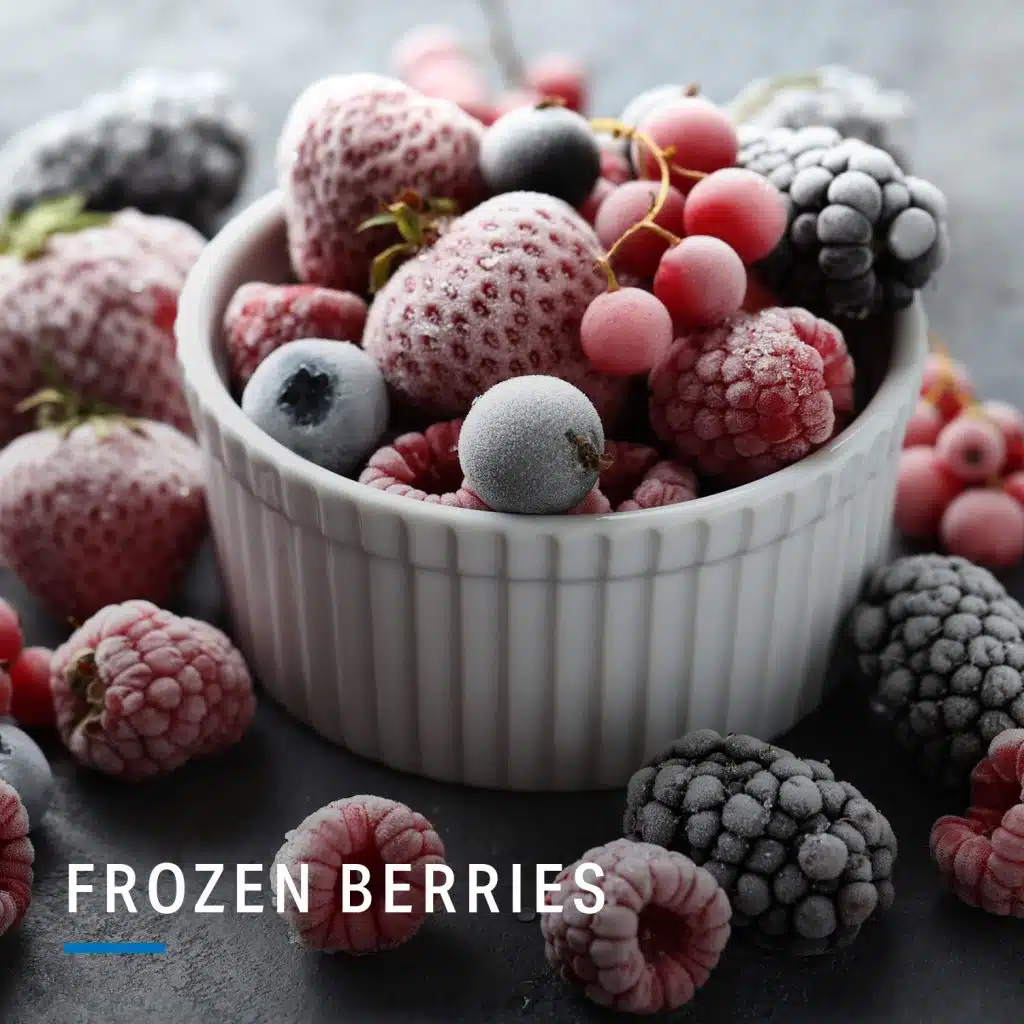
2. Winter Squash
Versatility is a winter squash hallmark. Bake it, mash it like potatoes, use it in soups, or even turn it into pie. It’s nutritious, delicious, and provides warmth during colder months.
Tips:
- Roast with spices for a savory side.
- Blend into soups for a creamy base.

3. Seasonings and Spices
Spices elevate the flavor profile of any meal, making healthy eating enjoyable. Look for blends without MSG and low sodium content. Customize your own mixes, like a garlic, salt, and pepper blend.
Pro Tip:
- Experiment with new blends to spice up routine meals.
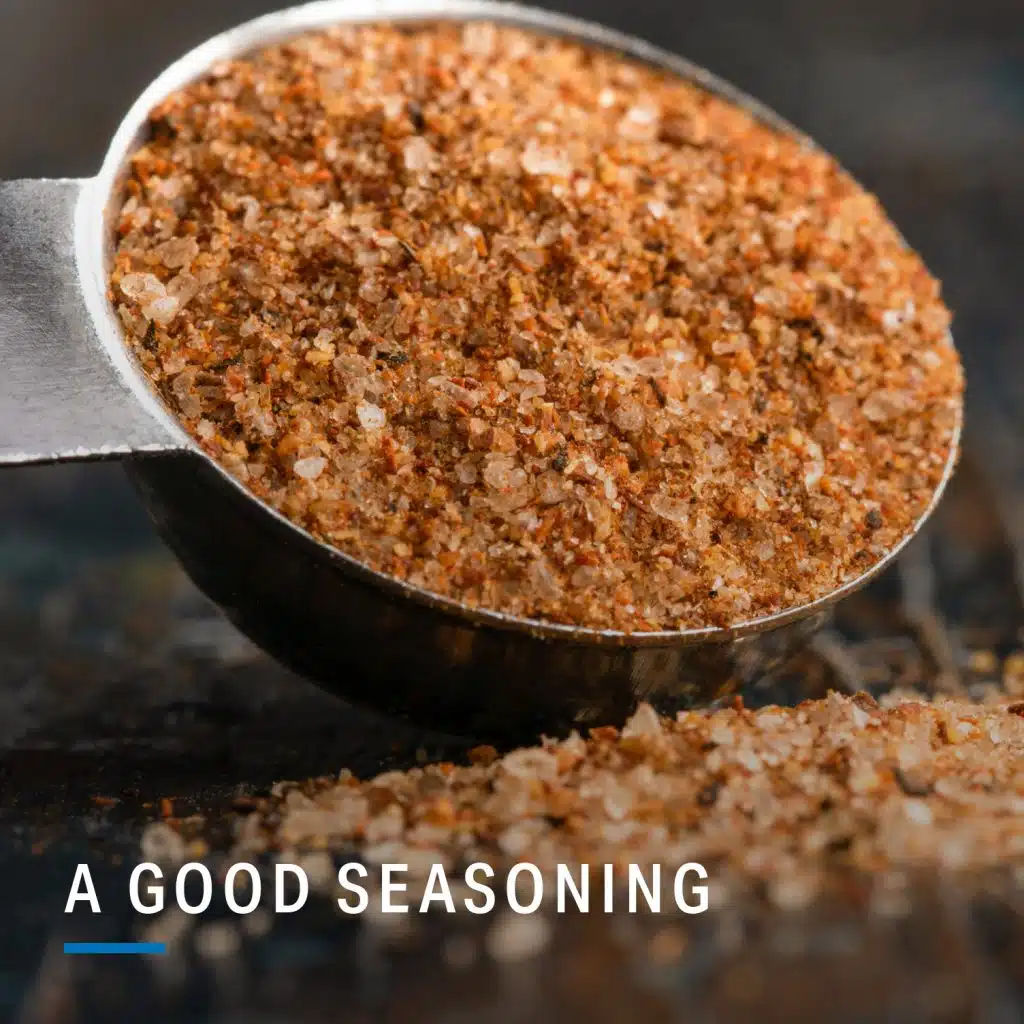
4. Nuts (e.g., Walnuts)
Since being recognized for their heart-health benefits, nuts have become dietitian-approved essentials. They’re rich in fiber, healthy fats, and protein. Add them to salads, yogurt, or snack on them as-is.
Why You Need Them:
- Satiating and nutritious
- Versatile in both savory and sweet dishes
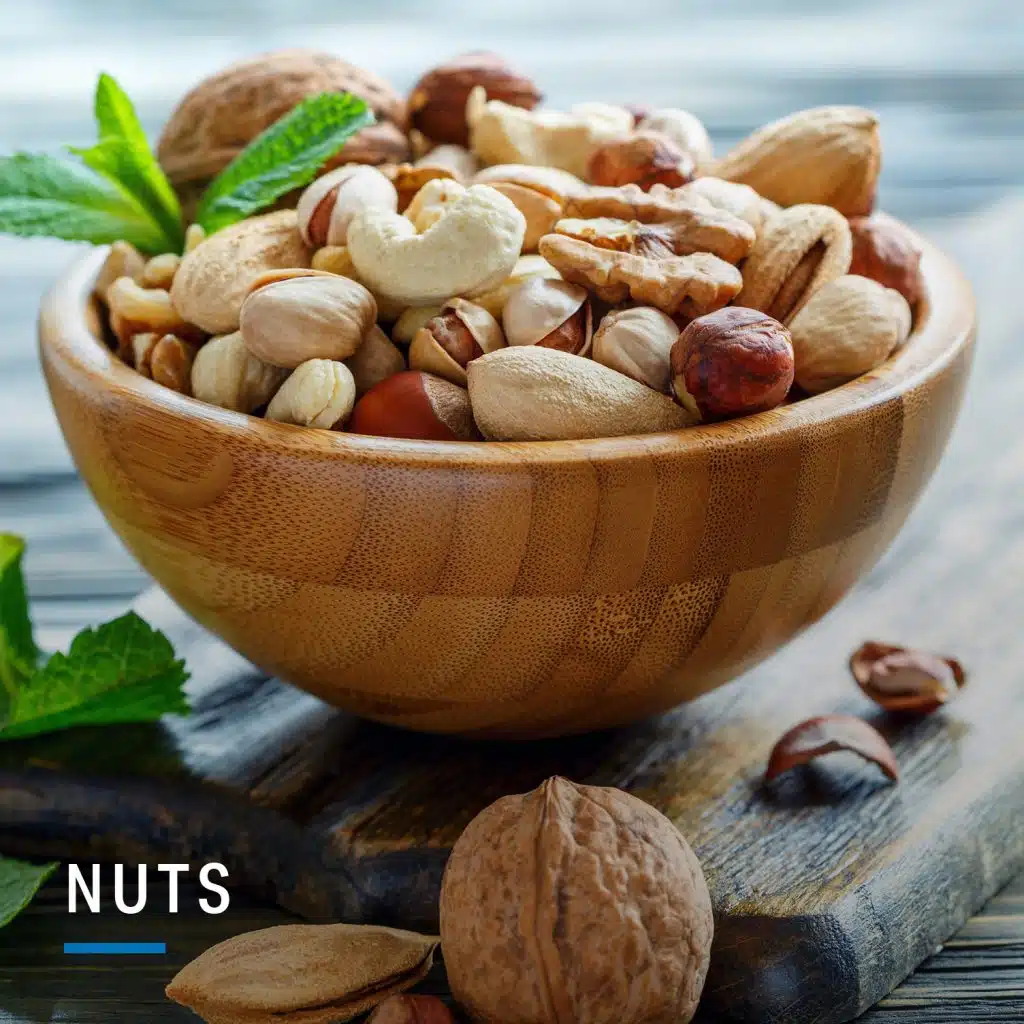
5. High-Fiber Cereal
Many Americans lack sufficient fiber. Fortified cereals can help bridge the gap, providing essential nutrients. Opt for cereals with high fiber content like Multigrain Cheerios or Fiber One.
Serving Suggestions:
- Mix with fruit and plant-based milk for a quick breakfast.
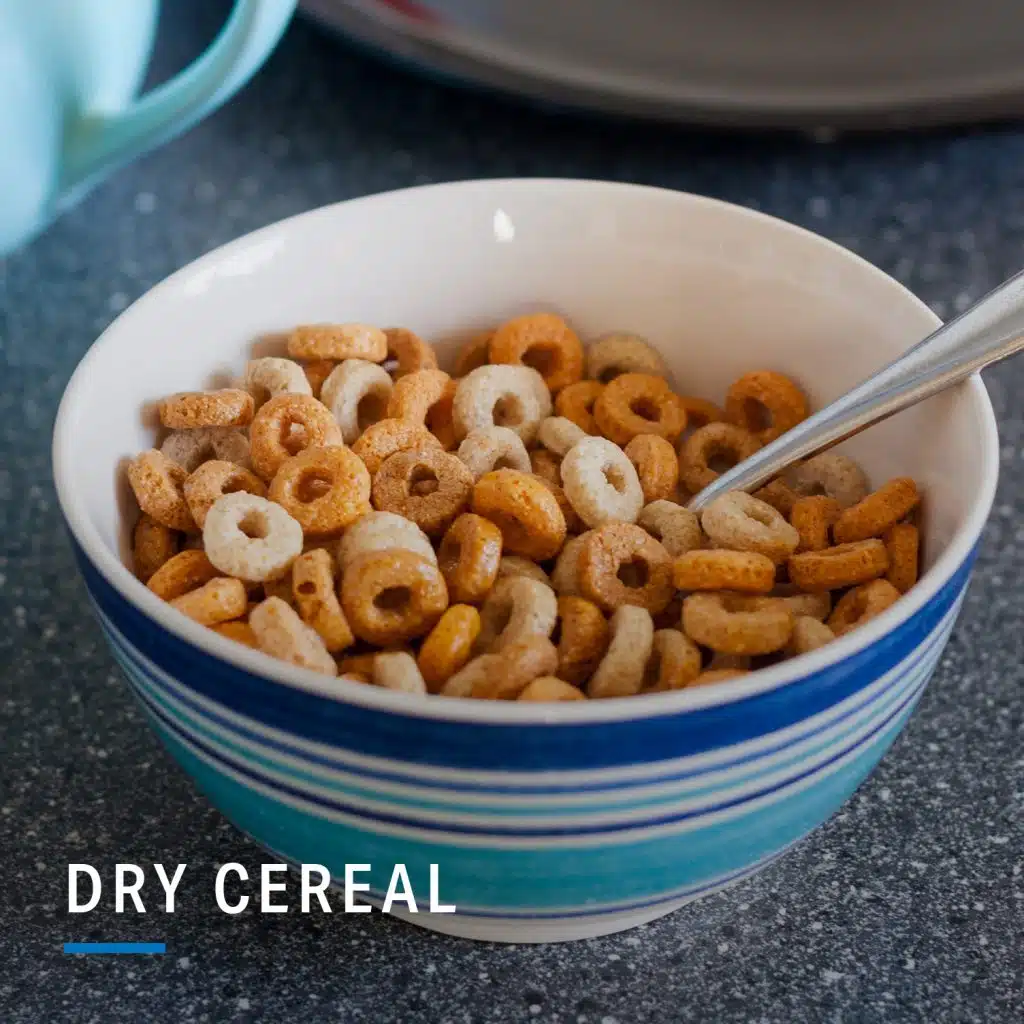
6. Tahini
Tahini, made from sesame seeds, offers antioxidants and versatile culinary uses. Add it to bowls, blend it into hummus, or use it as a baking substitute for fats.
Fun Fact:
- Tahini can be used in both savory dishes and sweet desserts.
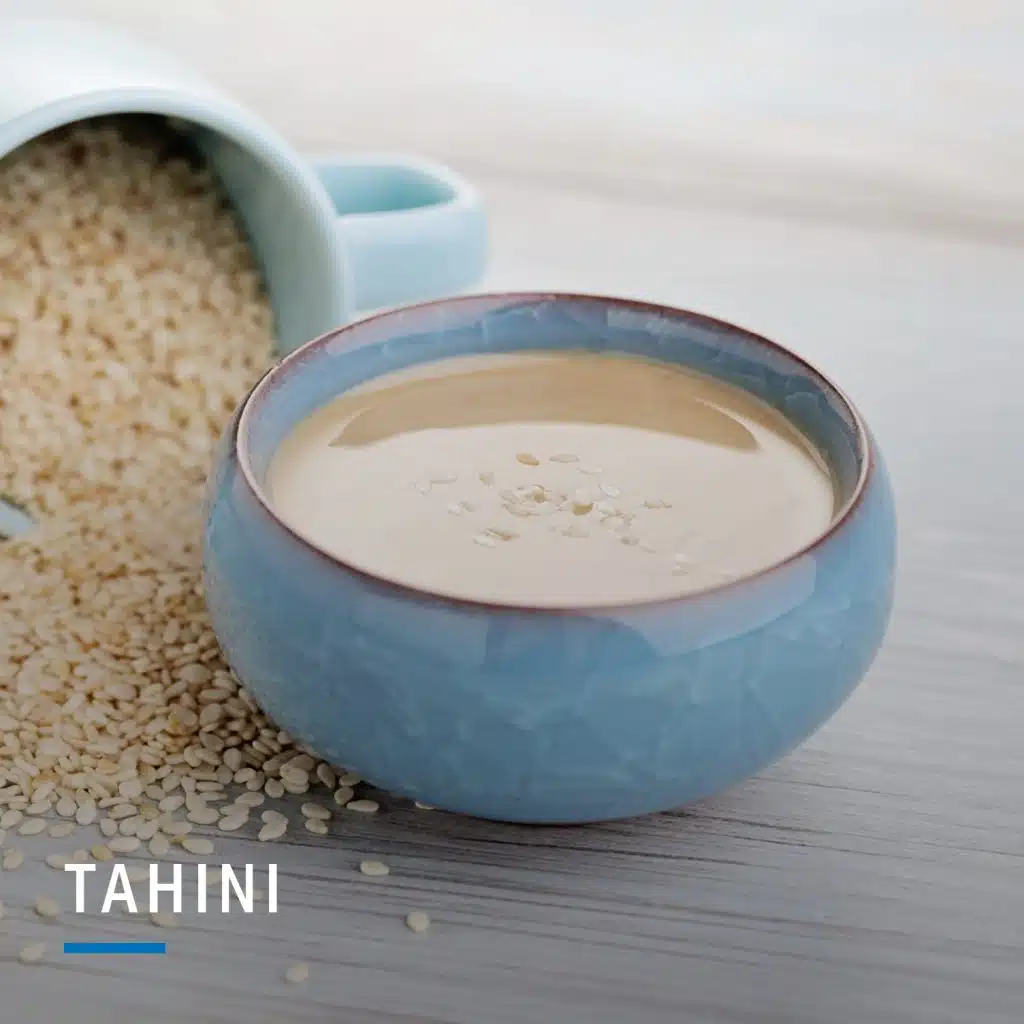
7. Oats (Overnight Oats)
Oats are fiber-rich and versatile. Prepare overnight oats for a quick breakfast, use in granola, or add to baked goods.
Ideas for Use:
- Top with fruit and nuts for a hearty snack.
- Add to pancakes or muffins.
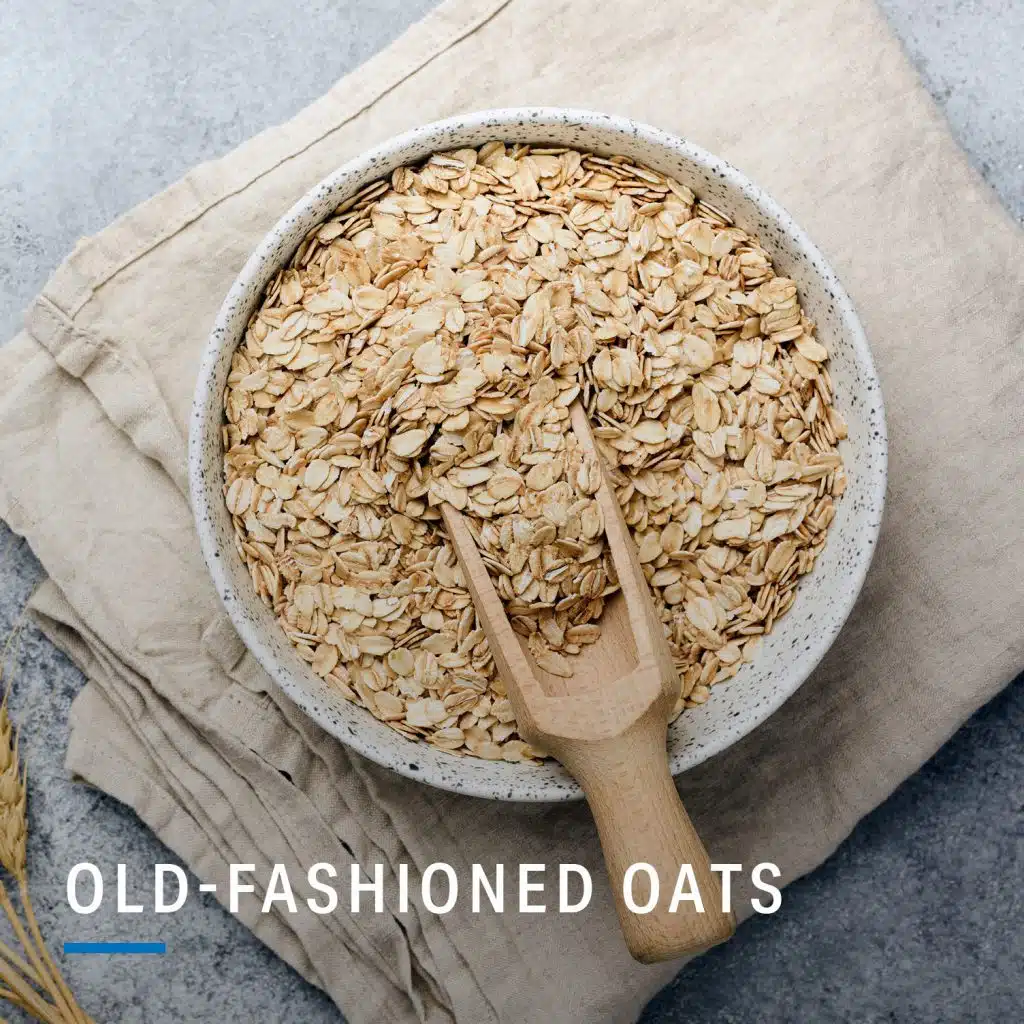
8. Soy & Oat Milk
For plant-based milk lovers, soy and oat milk are top picks. They offer more protein than almond milk and are eco-friendly.
Uses:
- Great in coffee, smoothies, and baking.
- Opt for unsweetened versions for fewer calories.
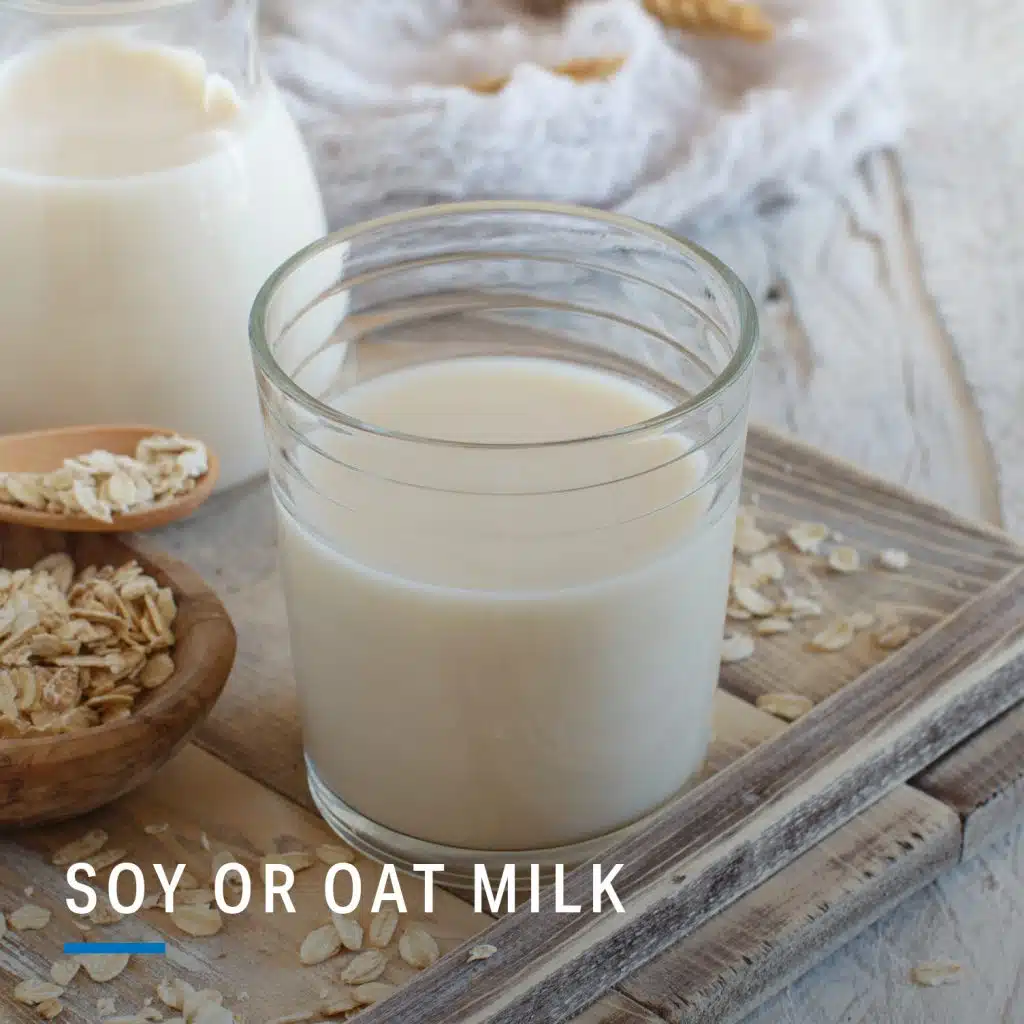
9. Sparkling Water
Hydration is key, but water can get boring. Sparkling water adds variety, helping you stay hydrated and avoid sugary drinks.
Health Perks:
- Carbonation can promote a feeling of fullness.
- Zero calories and free from added sugars.

10. Protein Bars and Snacks
On-the-go snacks like protein bars are lifesavers. Choose options with high protein and low sugar to avoid empty calories.
Recommended Use:
- Keep in your bag for a quick, nutritious snack.
- Use as a meal replacement when in a pinch.
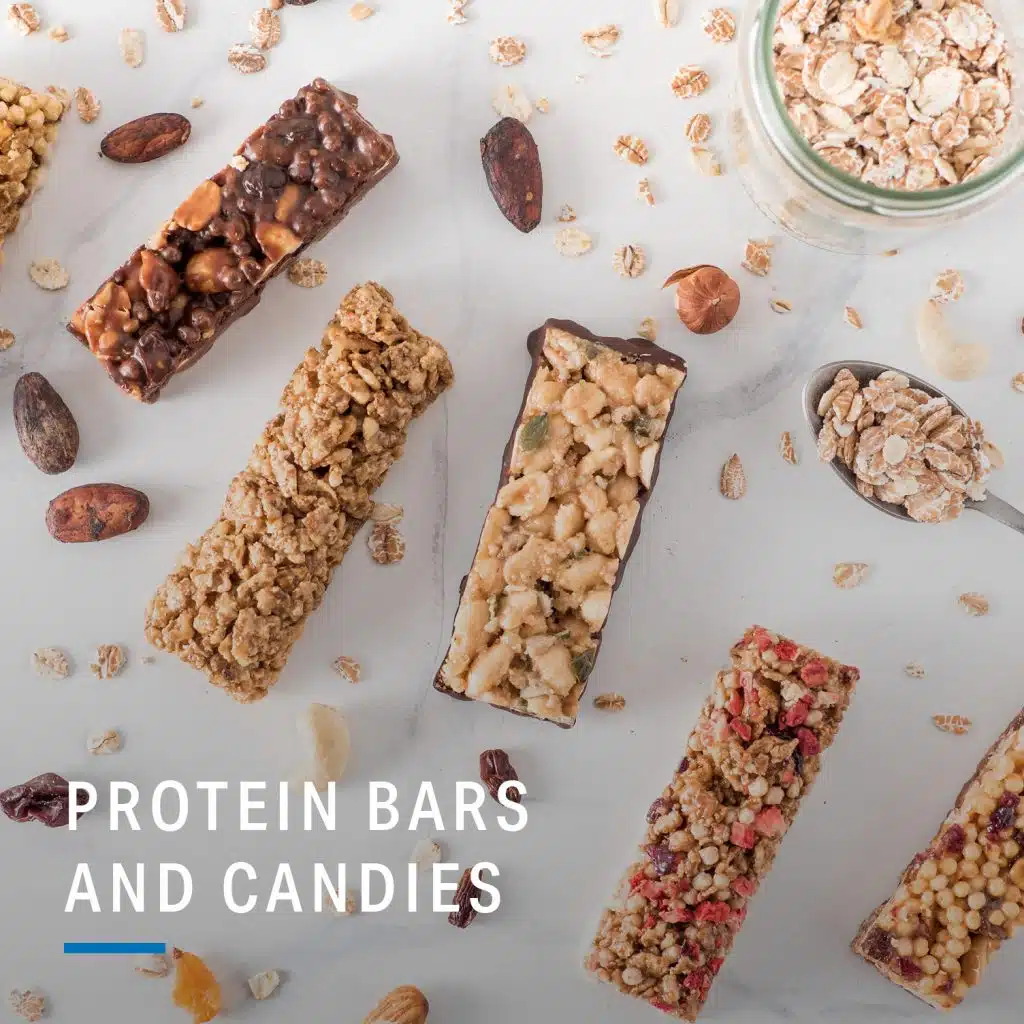
The Bottom Line
To maintain a healthy diet, focus on natural, whole foods like fruits, vegetables, nuts, grains, and lean proteins. Flavorful seasonings, nutritious snacks, and staples like tahini can make meals exciting while supporting wellness goals. Even seemingly processed foods like protein bars can be beneficial when chosen wisely. Optimize your grocery shopping to set the stage for healthy eating!







